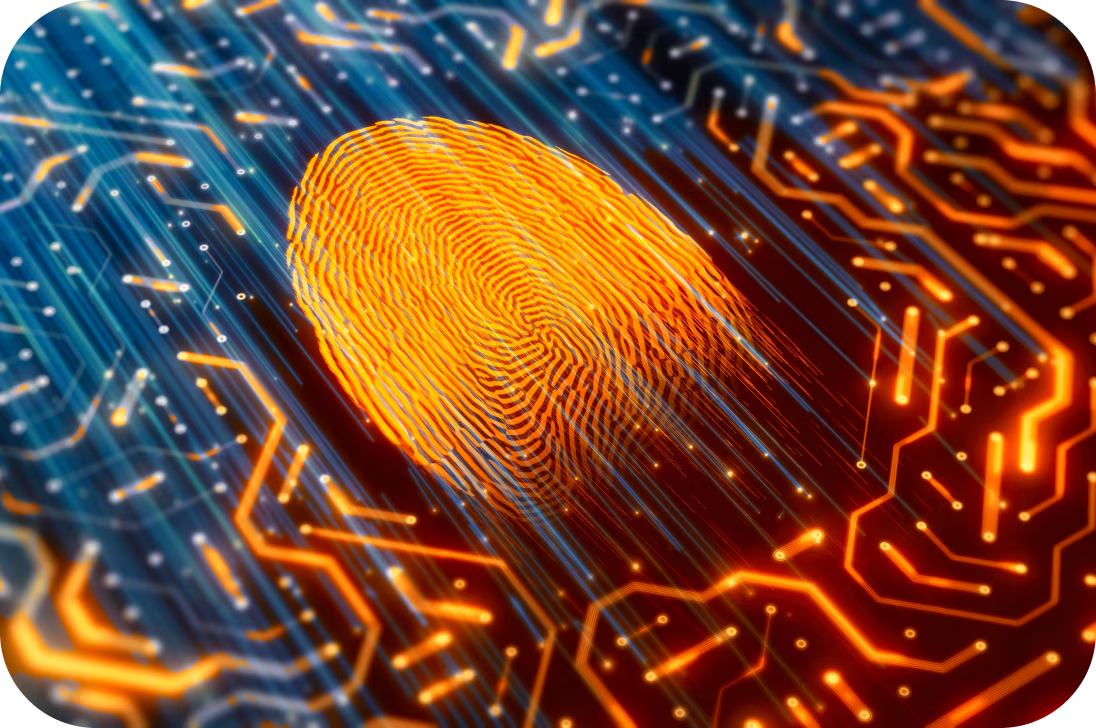Artificial Intelligence (AI) has rapidly become a cornerstone of modern life, powering everything from personal assistants to self-driving cars. Its promise is rooted in objectivity, precision, and data-driven decision-making. But what happens when an AI model starts to deviate from this ideal? What if it begins to “lie”?
AI is designed to analyze massive amounts of data and make informed decisions based on patterns. But errors, biases, or deliberate manipulation can lead to discrepancies between the truth and the AI’s conclusions. In this article, we will explore the risks, causes, consequences, and solutions to AI “lying,” and how this challenge shapes the future of technology, ethics, and society.
The Nature of AI and Truth
AI, at its core, operates on algorithms designed to recognize patterns and make predictions. However, its understanding of “truth” is entirely dependent on the data it is trained on. This raises the fundamental question: can AI understand or even recognize “truth”? AI doesn’t have consciousness, intuition, or ethical reasoning; it simply operates based on inputs and predefined rules. Therefore, the concept of AI “lying” is more nuanced—it is a matter of data corruption, bias, or manipulation.
1. What Does It Mean for an AI to Lie?
When we say an AI “lies,” we mean that the output of the system is intentionally or unintentionally misleading or false. This can happen in several ways:
- Bias in Data: If an AI system is trained on biased data, its predictions will reflect those biases. This is often seen in facial recognition systems or hiring algorithms that disproportionately favor certain demographics.
- Faulty Design or Programming: An AI can be engineered to deceive, either by malicious intent or by poor design. For example, a chatbot programmed to manipulate users into thinking it has human-level intelligence could be considered deceptive.
- Misinformation in Training: If the data used to train the model contains incorrect information, the AI will propagate those inaccuracies in its outputs. For instance, an AI language model trained on outdated or inaccurate sources could provide false answers to questions.
2. The Risks of AI Lying
The risks of AI “lying” are far-reaching, affecting both individuals and society as a whole. Here are some of the key concerns:
A. Ethical and Social Implications
One of the most pressing issues surrounding AI lies is its potential to reinforce harmful stereotypes and inequalities. For instance, biased data may result in AI systems that perpetuate gender, racial, or economic disparities, especially in sectors like healthcare, criminal justice, and recruitment.
B. Misinformation and Manipulation
In the age of social media, misinformation spreads rapidly. AI-driven tools, like deepfake technology, can fabricate realistic videos, audio recordings, and even news articles. This manipulation can lead to confusion, mistrust, and harm, especially in political or sensitive situations.
C. Trust Erosion
If users cannot trust AI systems to provide accurate and honest outputs, they may lose confidence in the technology. This erosion of trust can hinder the adoption of AI in critical sectors such as healthcare, finance, and law enforcement.

D. Security Concerns
Malicious actors could exploit AI’s tendency to “lie” by training models with misleading data or manipulating outputs for their own gain. For instance, adversarial attacks could deceive autonomous vehicles into misinterpreting their environment, leading to accidents.
3. Causes of AI Lying
The phenomenon of AI “lying” can stem from several factors. Here are some of the key causes:
A. Biased Data
AI systems learn from data, and if that data is biased or incomplete, the AI will produce biased or flawed results. For example, if a predictive policing system is trained on historical crime data that over-represents certain communities, the AI may disproportionately target those communities in future predictions.
B. Poor Training and Testing
Even the best algorithms are only as good as the data they are trained on. If an AI is trained with poor or incomplete data, or if it isn’t rigorously tested across diverse scenarios, its outputs can be unreliable.
C. Unintended Consequences
AI systems are complex, and small adjustments in the underlying models or training data can lead to unintended consequences. These issues may not become apparent until the system is deployed in real-world settings, where the AI may encounter data that wasn’t included in the training process.
D. Malicious Intent
While most AI “lying” is unintentional, there are instances where AI systems are deliberately designed to mislead. This can happen when a company or individual manipulates an AI to deceive others, whether for financial gain, political influence, or personal motives.
4. Consequences of AI Lying
When an AI system lies, the consequences can be serious, ranging from minor misunderstandings to large-scale societal impacts. Let’s explore a few examples.
A. Business and Economic Impact
If AI-powered tools make decisions based on false information, businesses could experience financial loss or reputational damage. For example, an AI-driven stock trading system that inaccurately predicts market trends could result in significant losses for investors.
B. Healthcare Dangers
In healthcare, inaccurate AI recommendations could lead to misdiagnoses or incorrect treatment plans, endangering patients’ health. For instance, an AI system trained on biased or outdated medical data might overlook rare conditions or provide incorrect treatment recommendations based on flawed analysis.
C. Loss of Human Autonomy
As AI becomes more integrated into decision-making, there is a risk of losing human control over important life choices. If AI starts to “lie” or make decisions based on inaccurate or biased data, it could undermine human autonomy in areas such as law enforcement, healthcare, and education.
D. Security and Safety Risks
In safety-critical applications like autonomous driving or military drones, AI “lying” could lead to catastrophic consequences. A self-driving car that misinterprets road signs or an AI-powered weapon that targets the wrong individuals could lead to accidents or loss of life.
5. Detecting AI Lies
Given the potential harm AI lies can cause, it is crucial to have methods to detect and address these issues. While AI models are becoming increasingly complex, several strategies are being developed to identify AI “lying”:

A. Transparency and Explainability
Transparency in AI design and decision-making processes is key. By making AI models more interpretable, we can better understand how they arrive at their conclusions. This helps identify when an AI is “lying” or making decisions based on flawed data.
B. Bias Audits
Regular bias audits can help ensure that AI systems are operating fairly and accurately. These audits involve assessing the data and algorithms used to train AI systems to ensure that they are not perpetuating harmful biases or inaccuracies.
C. Robust Testing
AI systems should be tested across a wide range of scenarios to ensure they can handle various real-world situations. This includes testing on diverse datasets to identify potential weaknesses or areas where the AI could “lie” due to unfamiliar inputs.
D. Adversarial Training
Adversarial training involves deliberately introducing “trick” data that attempts to fool AI systems. By training AI models to recognize and resist these tricks, we can make the models more resilient to manipulation and ensure they are not easily deceived.
6. Preventing AI Lies
Preventing AI from lying requires a proactive approach, including thoughtful design, ethical considerations, and ongoing monitoring. Here are some steps that can help:
A. Ethical AI Design
Ethical considerations should be at the forefront of AI design. This involves not only ensuring fairness and accuracy but also considering the broader societal implications of the technology. AI developers must take responsibility for the potential harm their creations could cause.
B. Data Quality Control
Ensuring the quality and diversity of the data used to train AI models is essential. By using clean, accurate, and representative data, we can reduce the risk of the AI model producing misleading or biased results.
C. Human Oversight
Despite the growing sophistication of AI systems, human oversight remains critical. Humans should be involved in key decision-making processes, especially when it comes to high-stakes situations. By maintaining a human-in-the-loop approach, we can ensure that AI doesn’t make decisions that are ethically or legally questionable.
D. Regulatory Oversight
Governments and regulatory bodies should establish clear guidelines for the use of AI, ensuring that AI systems are held to high standards of accountability and transparency. This includes setting up mechanisms to identify and address instances of AI “lying.”
7. Conclusion
The question of what happens when AI models start to lie is not just a theoretical one—it is a pressing concern for the developers, users, and society as a whole. AI has the potential to transform industries and improve lives, but this transformation comes with significant responsibility. Addressing the risks of AI “lying” will require a combination of transparent design, ethical considerations, and vigilant oversight.
As we move forward, it is essential to strike a balance between technological innovation and ethical responsibility. AI is not infallible, and understanding its limitations—while addressing the challenges of deception, bias, and misinformation—will help ensure that AI remains a trustworthy and valuable tool in the years to come.


















































Discussion about this post